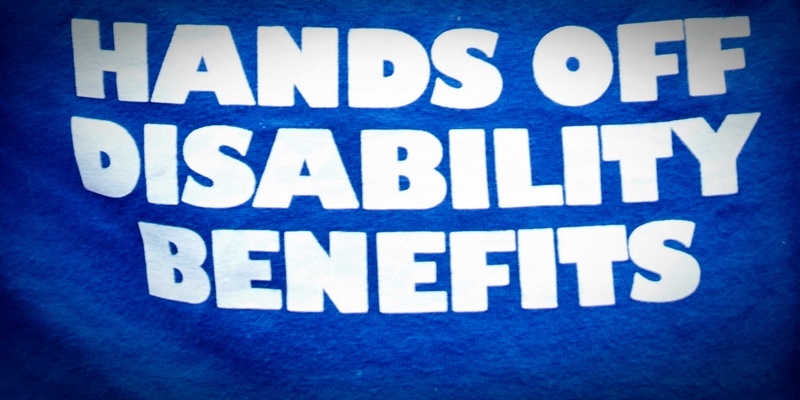Hundreds of people in Tayside and Fife are receiving incapacity benefits because of their drug or alcohol addictions.
Figures released by the Department of Work and Pensions show hundreds of addicts are receiving Incapacity Benefit or Severe Disability Allowance because their habits and associated problem, such as mental illness, makes it impossible for them to work.
Five hundred people in Tayside and Fife also receive weekly Disability Living Allowance (DLA) payments, a non-means tested benefit that provides extra money to help recipients pay costs arising from their conditions.
The figures show that, as of February 2011, there were just under two million people in the UK receiving Incapacity Benefit or Severe Disability Allowance. Of these, 39,710 received the benefits because of their alcohol problems (1.99%) while a further 34,940 required them because of drug addiction (1.75%).
However, in Scotland there is greater proportion of people require benefits because their drug or alcohol problems are recognised as a disabling condition.
Across the country, there were 215,710 people receiving Incapacity Benefit or Severe Disability Allowance last year. Of these, 6,680 (3.1%) were alcoholics and 5,270 (2.44%) were unable to work because of their drug addictions.
In Dundee, 7,750 people receive the benefits with 280 (3.6%) requiring them because of alcohol problems and 230 (2.9%) requiring them because of their drug habit. It means that more than one in 20 people receive some form of disability benefit because of their chemical dependencies.
Rates are lower elsewhere in Tayside and in Fife.
In Fife, 14,170 people receive some form of Incapacity Benefit. Some 330 get them because of alcohol problems (2.3%) while 340 receive the benefits because of drug addiction.
There is a total of 3,590 claimants in Angus but only 70 (1.9% of the total) people receive them for alcohol and another 70 for drug problems.
Continued…
Of Perth and Kinross’ 4,070 claimants, 110 people received them because of alcohol problems (2.7%) while 60 needed them because of drug problems (1.5%).
The Department of Work and Pensions warns that the true figures could be even higher.
”There figures are likely to undercount the total numbers of problematic drug users and alcohol misusers in the benefit system, as people with another medical condition or disability with drug use or alcohol misusers as a secondary factor will not be included,” the report states.
”In addition, some claimants may not tell the department that they have a drug or alcohol problem.”
Matthew Elliott, chief executive of the TaxPayers’ Alliance, said more must be done to get people off drugs and alcohol.
”The welfare system should help addicts off booze and drugs, not hand them more cash to feed their addictions,” he said. ”Simply giving them benefits won’t help them to recover and could encourage a vicious cycle, the system needs to change.
”The Government needs to tackle this issue urgently before the bill continues to rise.”
Additionally, there were 3.2 million people in the UK receiving DLA and that the main disabling condition of 21,300 of them 0.7% of all recipients was drug or alcohol abuse.
However, the rate of those receiving DLA because of their addition is twice as high in Scotland and three times as high in some areas, including Dundee.
Of the 343,780 people being paid DLA in Scotland last year, 4790 were receiving the benefit because of their dependency on drugs or alcohol, a rate of 1.39%.
In Dundee, 230 claimants get DLA because of their addiction, 2% of the city’s 11,440 DLA recipients.
